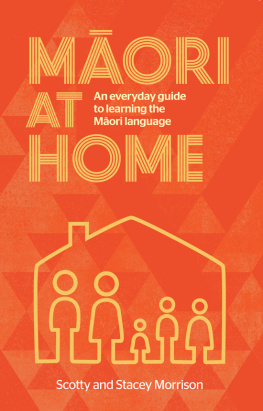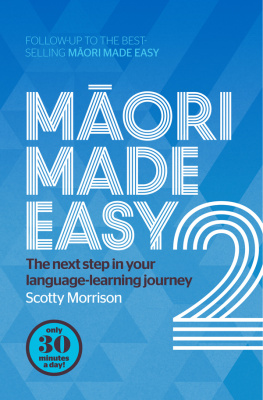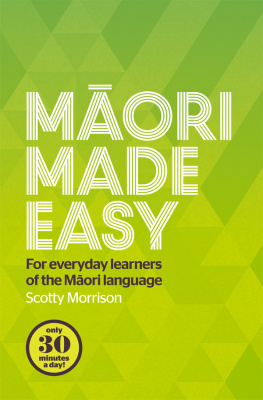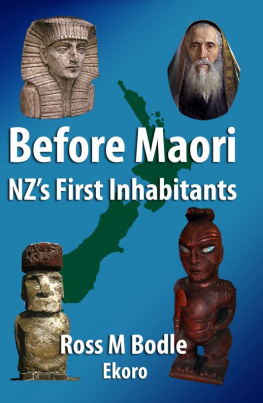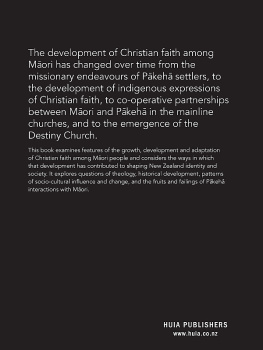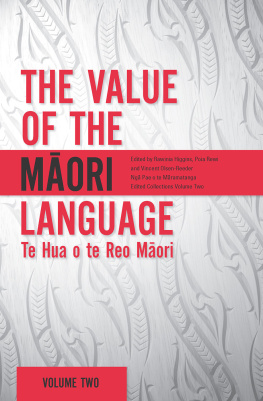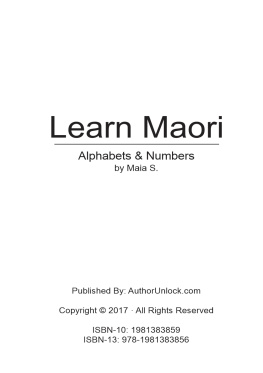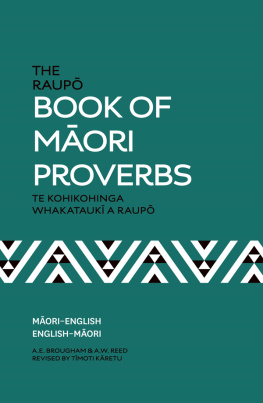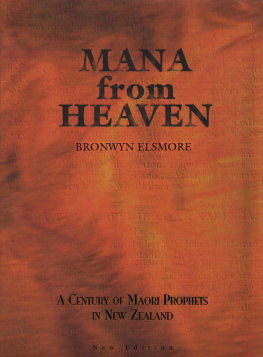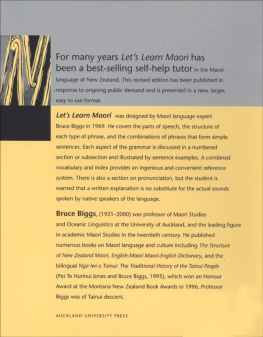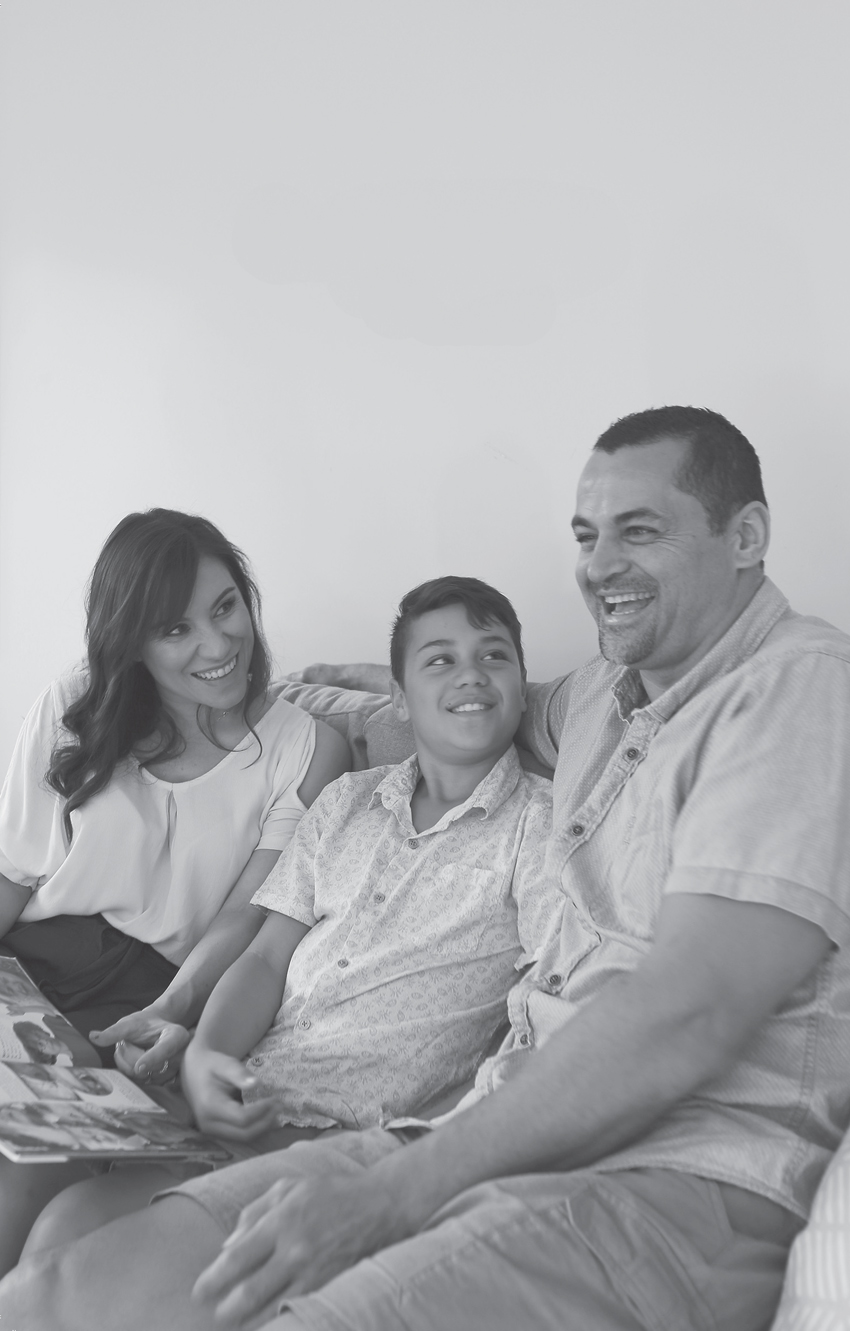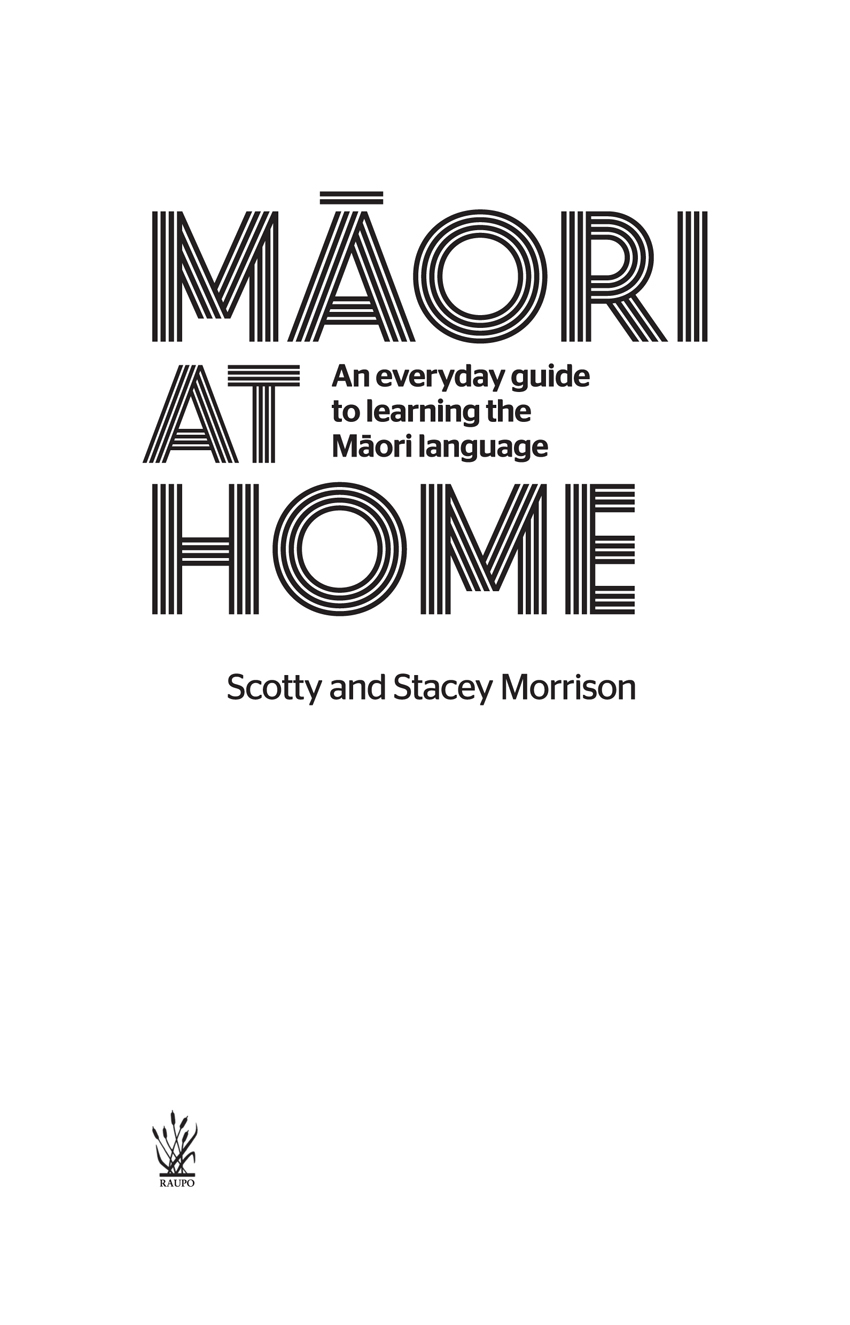Raup is an imprint of the Penguin Random House group of companies, whose addresses can be found at global.penguinrandomhouse.com.
The moral right of the authors has been asserted.
All rights reserved. Without limiting the rights under copyright reserved above, no part of this publication may be reproduced, stored in or introduced into a retrieval system, or transmitted, in any form or by any means (electronic, mechanical, photocopying, recording or otherwise), without the prior written permission of both the copyright owner and the above publisher of this book.
A catalogue record for this book is available from the National Library of New Zealand.
KRERO WHAKATAKI
INTRODUCTION
Kia ora, and congratulations! If youve picked up this book, youre at least a little bit interested in using te reo Mori at home, so youve already taken the most important step! The next step is to understand that this book is about learning to use Mori with your whnau. Thats slightly different to a book about learning Mori. This book is an up-and-go, quick survival guide to help you use te reo Mori with your family, rather than a step-by-step, methodical language-learning programme. Scotty has already written Mori Made Easy to meet that need, which you could work through whilst also using this book. Mori at Home is designed for busy whnau who want to express themselves in Mori today, and want some shortcuts, tips, tricks, fun, and insights to paddle their waka faster and smarter than we did!
After ten years of bringing up bilingual kids with Mori as the sole language of our parenting, we cant pretend its always easy. But if youre keen to stay on this waka of discovery, adventure, enrichment and culture, we promise it can and will happen, and the journey of discovery means you reach a beautiful destination every day.
In the last decade weve researched, tutored, lectured, and done media interviews on this topic; helped build Mori-language-speaking communities for whnau; written language strategies; and Scotty has written two books: The Raup Phrasebook of Modern Mori and Mori Made Easy.
We grew up knowing virtually nothing of Mori language apart from basic words most New Zealanders know: whnau, aroha, marae, Mori, kia ora. As adults, we learned in different ways, for different reasons. Scotty chose Mori as a schedule-filler at university then fell in love with it, and in learning Mori, found a sense of purpose (a polite way of saying he was going to varsity for mostly social reasons until then!). Stacey learned Japanese first as an exchange student and then realised she yearned to learn her own language, too. A sensitive soul, Stacey had often felt awkward and left out in Mori settings, and even after starting her learning, she went through years of fumbling through Mori scripts on television, and trying to laugh at the right times when she couldnt quite understand entertaining Mori speakers.
Both of us knew we wanted our children to have a different experience from our own, to be brought up with te reo Mori as their mother tongue, and to experience all of the benefits that would bring. We started researching bilingualism when our mtmua (eldest child) Hawaiki was still in the womb, learning that bilingual experiences can activate language-learning pathways in babies brains. We liken it to a pathway forged through virgin snow cutting the path is always the hardest, but once it is created, in this case, the language pathway, our brains know the way and can get to where they need to more easily. Its definitely harder to learn a second language as an adult, so dont ever beat yourself up about it well remind you of that a lot! While were talking about your self-esteem, lets talk about how your kids are feeling about themselves, too. Another fascinating raft of research shows children gain increased self-esteem from learning their heritage language.
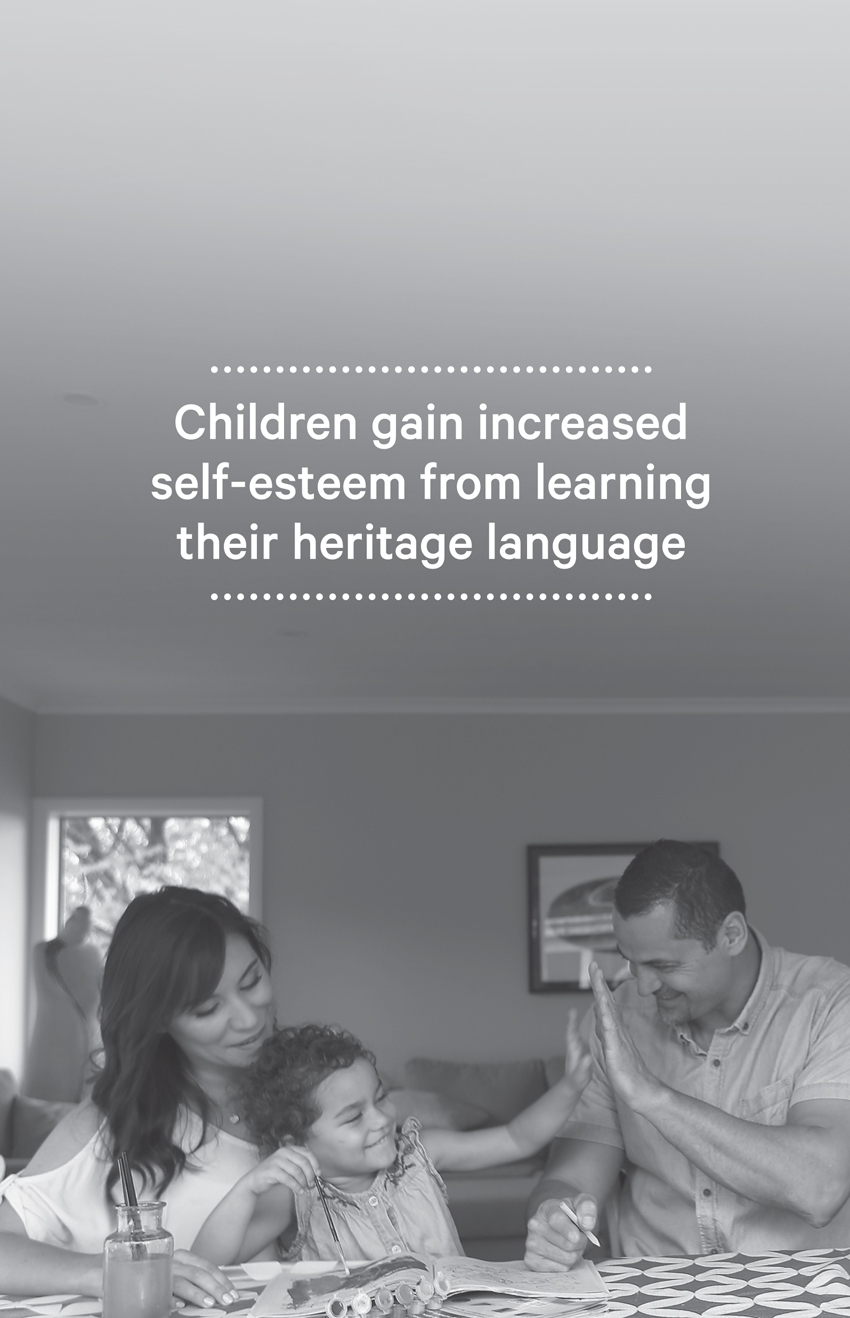
THE CHALLENGES OF BRINGING UP KIDS WITH TE REO MORI
English does a great job of being a dominant language it really is everywhere: in public, on TV, online, at the shops, at the playground, in our wider families. Our kids hear English most places they go in New Zealand. So creating Mori-language environments without quickly giving in to the natural default language of English can be hard.

